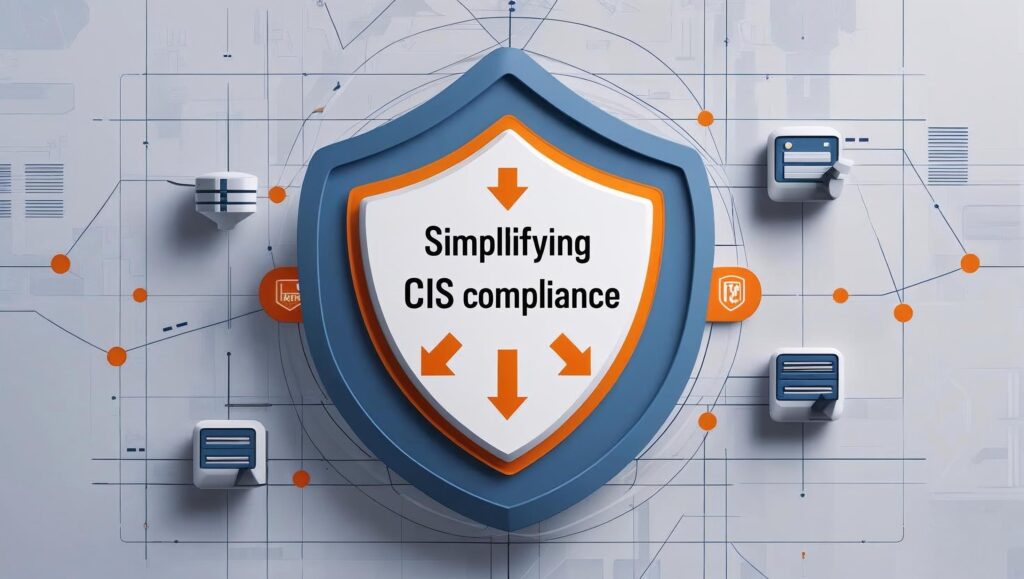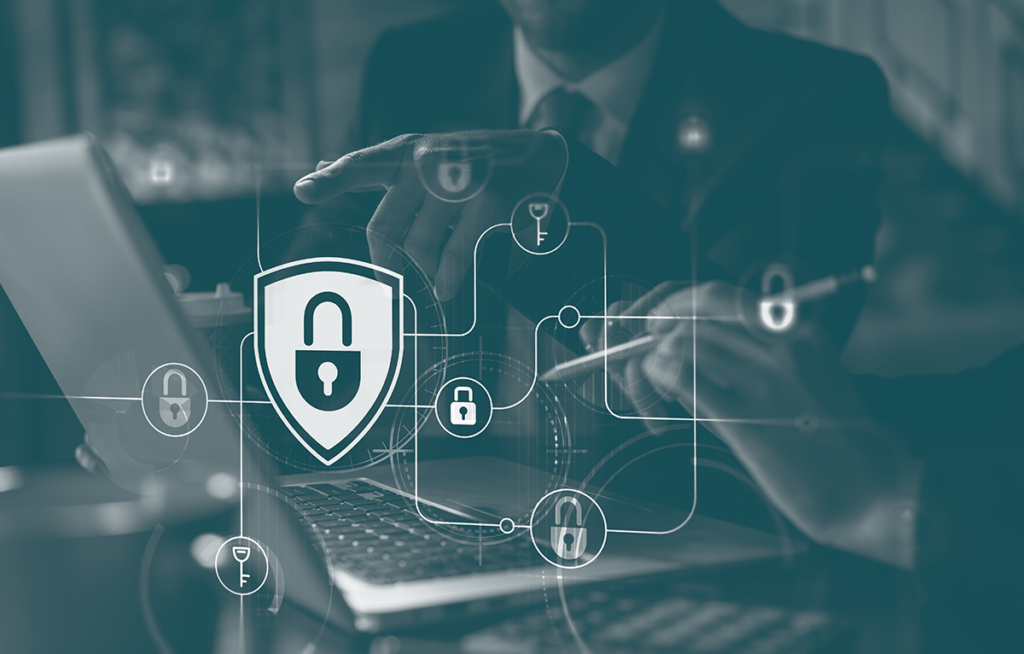Tips For Organizations’ Network Security
As a company grows, the amount of data it handles daily grows as well. Some of the most valuable information can include customer or employee personally identifiable information (PII), and the company’s intellectual property (IP), and other proprietary information. With a majority of businesses handling their data on a laptop connected to Wi-Fi or a […]







